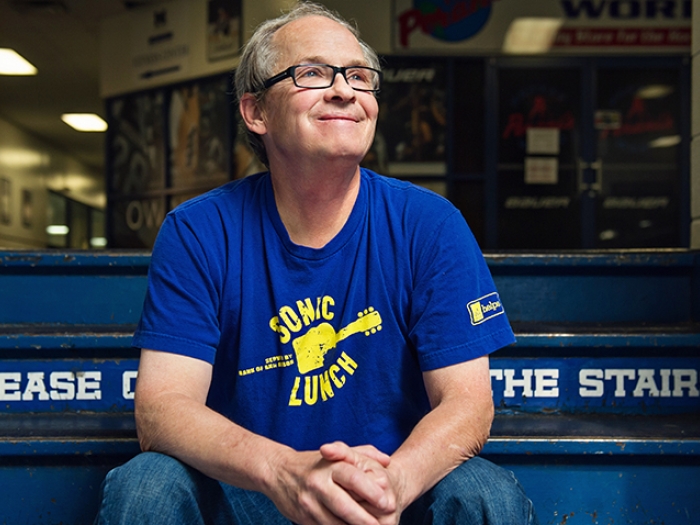A U-M cardiologist and arrhythmia expert explains Afib treatment options.
12:14 AM
Author |

If you have a diagnosis of atrial fibrillation (frequently abbreviated as Afib), you've likely discussed with your doctor and possibly tried a variety of treatment options, including aspirin, warfarin or novel oral anticoagulant drugs.
MORE FROM MICHIGAN: Sign up for our weekly newsletter
For Afib patients for whom blood thinners pose a risk, the recommended treatment may be a mechanical umbrella shape device (Watchman). The device closes off the left atrial appendage, where blood clots tend to develop, thereby eliminating the need for long-term anticoagulation medication.
With these treatments, the first goal for Afib patients is to prevent thromboembolic complications, particularly stroke, according to Hakan Oral, M.D., of the University of Michigan Frankel Cardiovascular Center.
"This involves a careful and comprehensive assessment of the patient's individual risk for stroke and choosing the appropriate approach," he says.
Then, treatment turns to improving symptoms and quality of life as well as a potential improvement in heart function, Oral says.
"This often involves a 'rhythm control' strategy," says Oral, "meaning that normal sinus rhythm is restored and maintained either by using specific antiarrhythmic drugs, or by catheter ablation when the antiarrhythmic drugs are ineffective, not tolerated, contraindicated or not preferred by the patient."
Catheter ablation is a minimally invasive technique intended to treat atrial fibrillation without major surgery. Catheters (thin, flexible wires) are put into a blood vessel in the arm, groin or neck and are guided into the heart through the blood vessel.
A special machine sends energy to the heart through one of the catheters to burn the "short circuits" in the heart that are generating the atrial fibrillation. The procedure often involves radiofrequency energy to produce heat that destroys tiny areas of heart tissue involved in the abnormal heart rhythm.
The U-M team has had much success with catheter ablation treatment, which has resulted in improved quality of life for patients. For 70 to 75 percent of patients with paroxysmal atrial fibrillation (the type that comes and goes on its own), Afib is eliminated with a single procedure. When the procedure is repeated in patients who still have atrial fibrillation after the first procedure, the overall success rate is about 85 to 90 percent.
At U-M, we focus on choosing the most appropriate treatment strategy for the right patient. … A comprehensive and detailed evaluation is the key.Hakan Oral, M.D.
Second-line treatments
"When rhythm control is not feasible, then we often resort to a 'rate control' strategy," says Oral.
Rate control can be achieved with medicines called beta blockers, calcium channel blockers or digoxin, alone or in combination. But for some patients, drugs are insufficient or not well tolerated.
In these cases, an AV node ablation and pacemaker implantation procedure is considered "as the last resort," Oral says, for only patients with the most serious symptoms or those with deteriorated heart function because of rapid heart rate.
"With AV node ablation, the group of cells that transmit electrical signals from the upper chambers of the heart [atria where atrial fibrillation occurs] to the lower main pumping chambers that generate the pulse [ventricles] is intentionally damaged by catheter ablation," he explains. After AV node ablation, a pacemaker is necessary as the heart rate would otherwise be very slow.
"At U-M, we focus on choosing the most appropriate treatment strategy for each patient," Oral says. "We've found that controlling the rhythm often results in a better quality of life for our patients; however, in a subgroup of patients, rate control is the right choice. A comprehensive and detailed evaluation is the key."

Explore a variety of health care news & stories by visiting the Health Lab home page for more articles.

Department of Communication at Michigan Medicine
Want top health & research news weekly? Sign up for Health Lab’s newsletters today!





